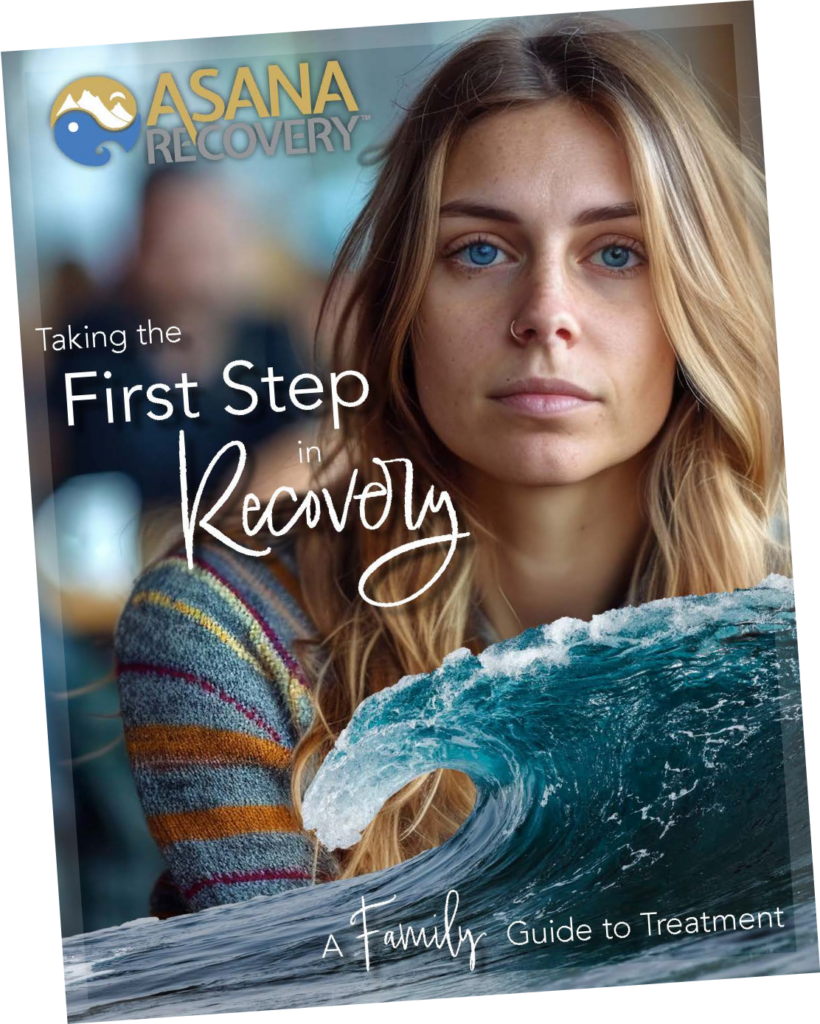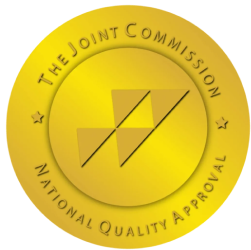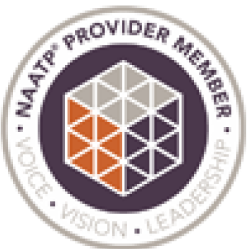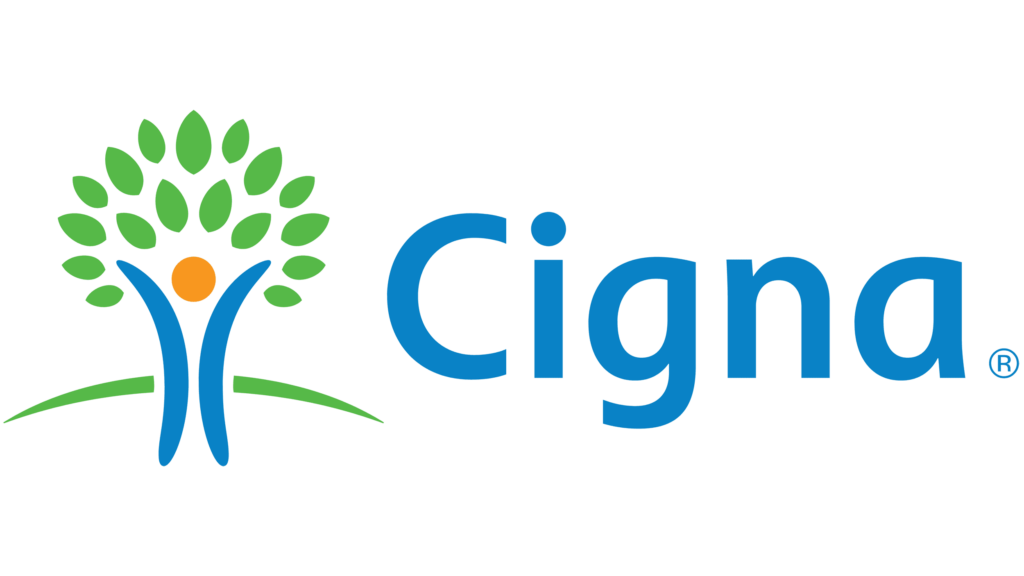The entertainment world lost a bright star when Carrie Fisher passed away in 2016. While millions cherished her as the iconic Princess Leia from Star Wars, her real-life battles with addiction and mental health challenges painted a more complex portrait of resilience and recovery that continues to inspire many today.
Born into Hollywood’s elite as the daughter of Debbie Reynolds and Eddie Fisher, Carrie’s early life was marked by both privilege and pressure. The spotlight’s glare and the weight of fame would later contribute to her struggles with substance abuse and mental health.
Fisher’s journey with addiction began early, intertwining with her rise to stardom. By age 24, she received a bipolar disorder diagnosis, which complicated her relationship with substances. Like many individuals facing mental health challenges, she initially turned to drugs as a form of self-medication.
During the filming of “The Empire Strikes Back,” Fisher’s cocaine use reached alarming levels. She later revealed that several scenes, particularly those on the ice planet Hoth, were filmed while she was under the influence. This period marked one of the most challenging chapters in her battle with addiction.
The pressure of maintaining her public image while dealing with private demons took its toll. Fisher’s experience demonstrates how fame can sometimes exacerbate addiction issues, making it harder to seek help openly.
Asana Recovery works with most PPO plans, covering up to 100%. See if your insurance can help fund your journey. Click below to get a free quote.

Fisher’s journey to sobriety wasn’t linear – it included both victories and setbacks. She achieved significant periods of sobriety, including stretches of three and eight years. Her candid approach to discussing these struggles helped destigmatize addiction and mental health issues.
One of Fisher’s most significant contributions was her brutal honesty about addiction and mental health. She used her platform to advocate for better understanding and treatment, showing that addiction doesn’t discriminate and recovery is possible for everyone.
Fisher’s experience highlights the complexity of dealing with co-occurring disorders – when mental health issues and addiction intersect. This understanding is crucial for effective treatment and long-term recovery.
Professional treatment programs address both substance abuse and mental health challenges through evidence-based approaches including:
Comprehensive Care Programs:
Modern addiction treatment incorporates various therapeutic methods:
Recovery affects not just the individual but the entire family. Professional support programs help loved ones understand addiction and develop healthy coping strategies.
Carrie Fisher’s story reminds us that recovery is possible with the right support and determination. While her journey ended too soon, her legacy lives on in the countless lives she touched through her advocacy and honesty about addiction and mental health.
We get it. Addiction recovery is tough. That’s why our programs are founded and staffed by people in recovery – people who truly understand.

Carrie Fisher’s battle with addiction and mental health challenges, while difficult, ultimately became a beacon of hope for others struggling with similar issues. Her openness and advocacy helped countless individuals recognize that seeking help is not a sign of weakness but a step toward strength and recovery.
Don’t let addiction write your story. Take the first step toward recovery today by calling Asana Recovery at (949)-763-3440 for a confidential consultation. Our experienced team understands the challenges you’re facing and is ready to help you begin your journey to sobriety.
Fisher often spoke about the importance of early intervention in addiction treatment. Her experiences showed that the earlier someone seeks help, the better their chances of achieving and maintaining recovery. She emphasized that addiction is a progressive disease that typically worsens without proper treatment.
Throughout her life, Fisher worked to highlight the intricate connection between mental health and addiction. Her personal experience with bipolar disorder and substance abuse helped others understand how these conditions often feed into each other, requiring comprehensive treatment approaches that address both issues simultaneously.
Fisher’s recovery journey underscored the crucial role of support systems. Whether through professional treatment, family support, or peer groups, having a strong network of support proved essential in maintaining sobriety. She frequently credited her ability to maintain periods of sobriety to the support she received from both professionals and loved ones.
Fisher’s experiences offer valuable insights for those struggling with addiction:
Despite facing numerous challenges and setbacks, Fisher’s perseverance in her recovery journey inspired many. Her story demonstrates that recovery is not about perfection but about continuing to move forward despite obstacles.
Fisher’s openness about her struggles helped reshape public perception of addiction and mental health. She showed that these challenges can affect anyone, regardless of their success, wealth, or status. Her advocacy work helped reduce stigma and encouraged others to seek help without shame.
While Carrie Fisher’s personal battle with addiction ended with her passing, her legacy continues to inspire hope and courage in others facing similar challenges. Her story reminds us that recovery is possible and that seeking help is an act of strength, not weakness.
Our team of healthcare experts is ready to guide you through the recovery process. Whether you’re seeking information about our programs or ready to start treatment, we’re here to help. <ahref=”https://asanarecovery.com/contact/“>Contact us to learn more about our comprehensive treatment programs.
Take your first step towards lasting recovery. At Asana, we offer effective, insurance-covered treatment for addiction and mental health, guided by experts who understand because they’ve been there. Start your healing today.

This book has helped so many men and women; and we want to give it you for FREE. Get signed up today and discover how to unlock the grip of addiction and get back to living your best life.
In this book, you’ll discover…
— The Most Common Misconceptions About Addiction and Rehab
— Why Rock Bottom is a Myth and What You Can Do About It
–The Steps to Healing From Trauma, Both Mentally and Emotionally
–And much more!

Asana Recovery is licensed and certified by the State Department of Health Care Services.


© Copyright 2024 Asana Recovery™ | All Rights Reserved | Privacy Policy
You could save up to 100% of your treatment using your Insurance.





Asana Recovery
We firmly believe that the internet should be available and accessible to anyone, and are committed to providing a website that is accessible to the widest possible audience, regardless of circumstance and ability.
To fulfill this, we aim to adhere as strictly as possible to the World Wide Web Consortium’s (W3C) Web Content Accessibility Guidelines 2.1 (WCAG 2.1) at the AA level. These guidelines explain how to make web content accessible to people with a wide array of disabilities. Complying with those guidelines helps us ensure that the website is accessible to all people: blind people, people with motor impairments, visual impairment, cognitive disabilities, and more.
This website utilizes various technologies that are meant to make it as accessible as possible at all times. We utilize an accessibility interface that allows persons with specific disabilities to adjust the website’s UI (user interface) and design it to their personal needs.
Additionally, the website utilizes an AI-based application that runs in the background and optimizes its accessibility level constantly. This application remediates the website’s HTML, adapts Its functionality and behavior for screen-readers used by the blind users, and for keyboard functions used by individuals with motor impairments.
If you’ve found a malfunction or have ideas for improvement, we’ll be happy to hear from you. You can reach out to the website’s operators by using the following email
Our website implements the ARIA attributes (Accessible Rich Internet Applications) technique, alongside various different behavioral changes, to ensure blind users visiting with screen-readers are able to read, comprehend, and enjoy the website’s functions. As soon as a user with a screen-reader enters your site, they immediately receive a prompt to enter the Screen-Reader Profile so they can browse and operate your site effectively. Here’s how our website covers some of the most important screen-reader requirements, alongside console screenshots of code examples:
Screen-reader optimization: we run a background process that learns the website’s components from top to bottom, to ensure ongoing compliance even when updating the website. In this process, we provide screen-readers with meaningful data using the ARIA set of attributes. For example, we provide accurate form labels; descriptions for actionable icons (social media icons, search icons, cart icons, etc.); validation guidance for form inputs; element roles such as buttons, menus, modal dialogues (popups), and others. Additionally, the background process scans all the website’s images and provides an accurate and meaningful image-object-recognition-based description as an ALT (alternate text) tag for images that are not described. It will also extract texts that are embedded within the image, using an OCR (optical character recognition) technology. To turn on screen-reader adjustments at any time, users need only to press the Alt+1 keyboard combination. Screen-reader users also get automatic announcements to turn the Screen-reader mode on as soon as they enter the website.
These adjustments are compatible with all popular screen readers, including JAWS and NVDA.
Keyboard navigation optimization: The background process also adjusts the website’s HTML, and adds various behaviors using JavaScript code to make the website operable by the keyboard. This includes the ability to navigate the website using the Tab and Shift+Tab keys, operate dropdowns with the arrow keys, close them with Esc, trigger buttons and links using the Enter key, navigate between radio and checkbox elements using the arrow keys, and fill them in with the Spacebar or Enter key.Additionally, keyboard users will find quick-navigation and content-skip menus, available at any time by clicking Alt+1, or as the first elements of the site while navigating with the keyboard. The background process also handles triggered popups by moving the keyboard focus towards them as soon as they appear, and not allow the focus drift outside it.
Users can also use shortcuts such as “M” (menus), “H” (headings), “F” (forms), “B” (buttons), and “G” (graphics) to jump to specific elements.
We aim to support the widest array of browsers and assistive technologies as possible, so our users can choose the best fitting tools for them, with as few limitations as possible. Therefore, we have worked very hard to be able to support all major systems that comprise over 95% of the user market share including Google Chrome, Mozilla Firefox, Apple Safari, Opera and Microsoft Edge, JAWS and NVDA (screen readers).
Despite our very best efforts to allow anybody to adjust the website to their needs. There may still be pages or sections that are not fully accessible, are in the process of becoming accessible, or are lacking an adequate technological solution to make them accessible. Still, we are continually improving our accessibility, adding, updating and improving its options and features, and developing and adopting new technologies. All this is meant to reach the optimal level of accessibility, following technological advancements. For any assistance, please reach out to